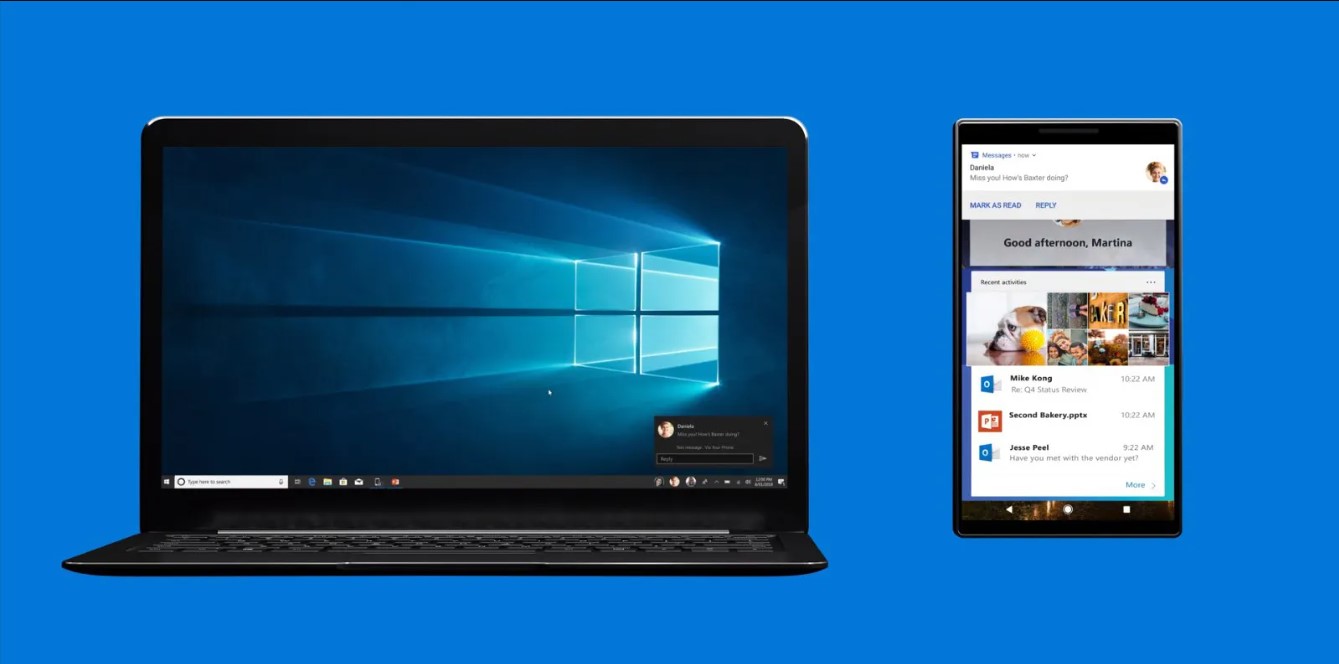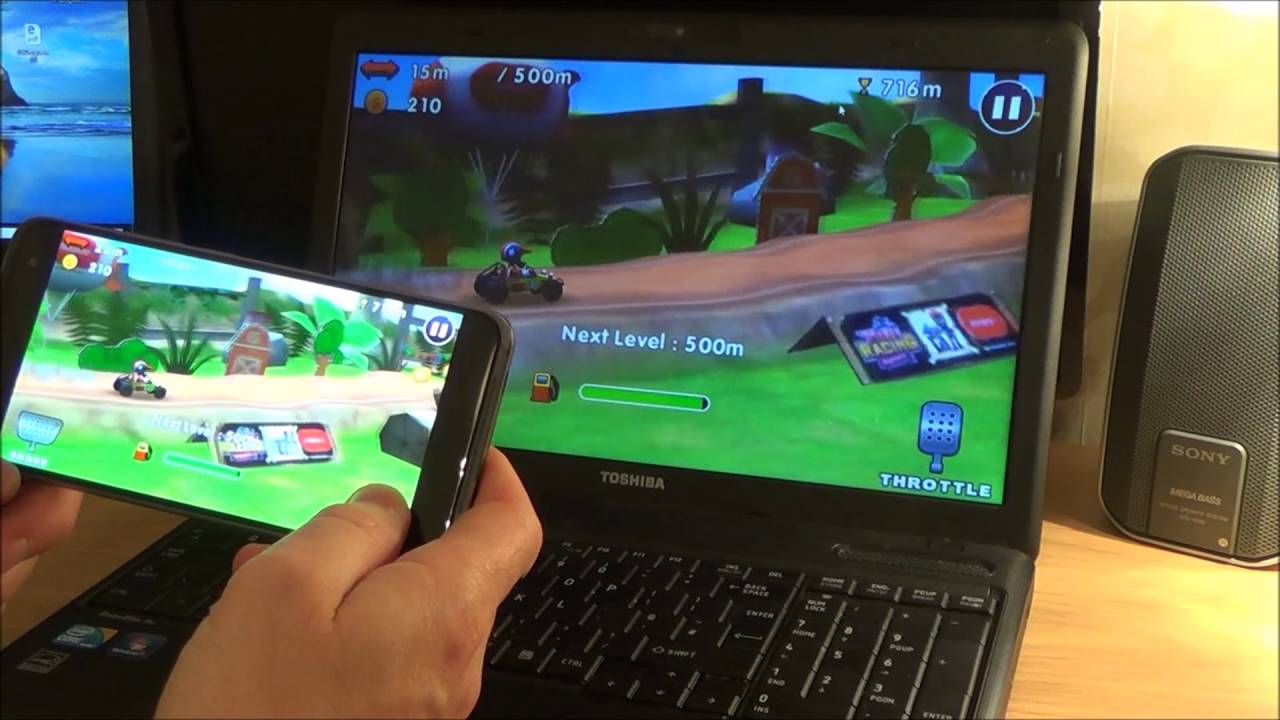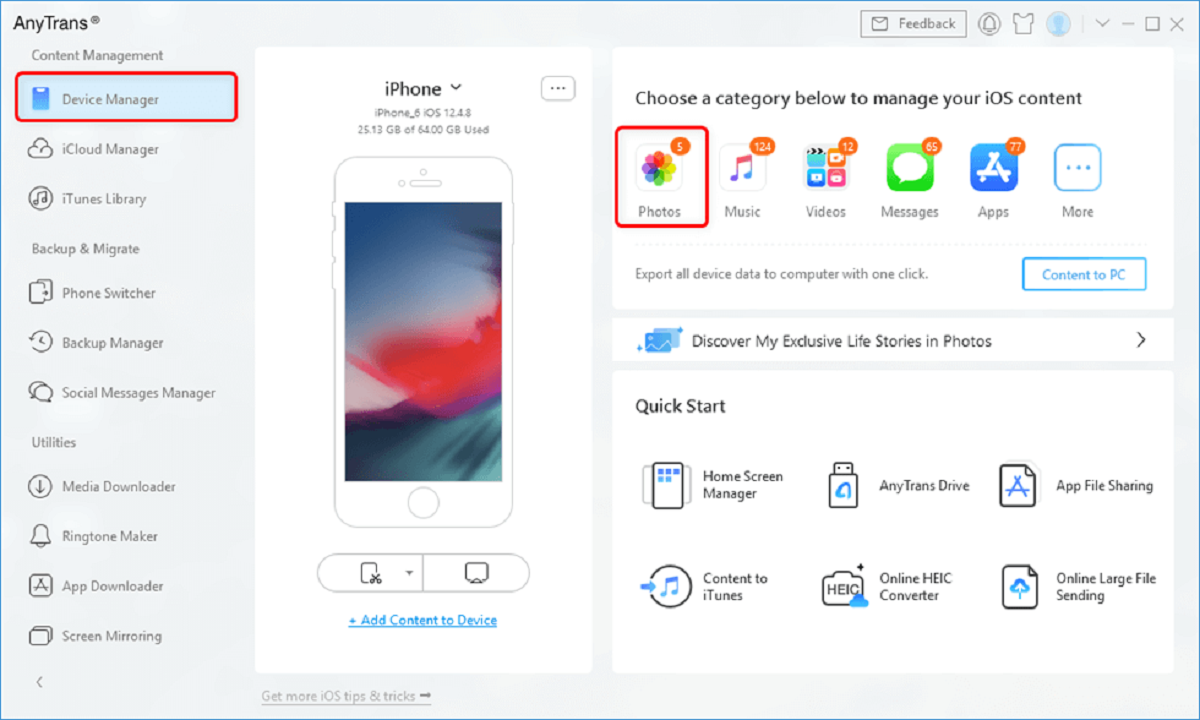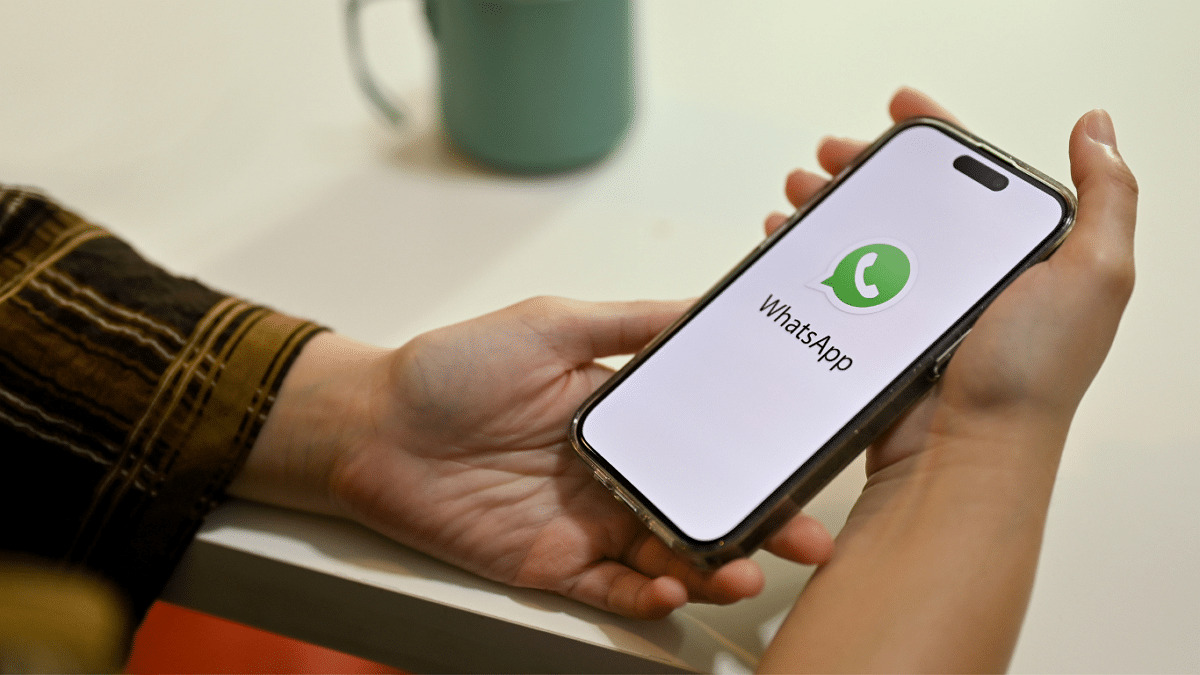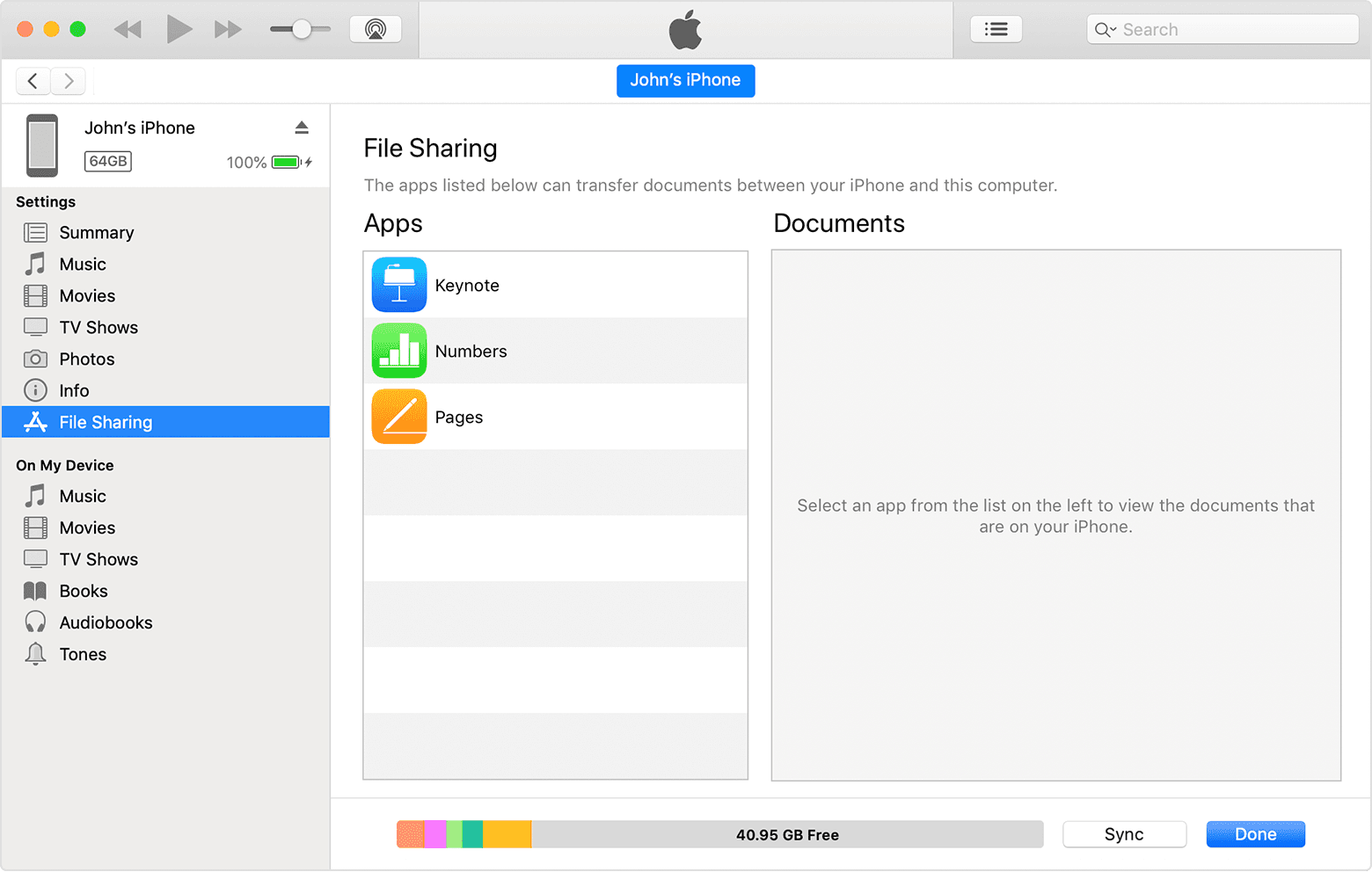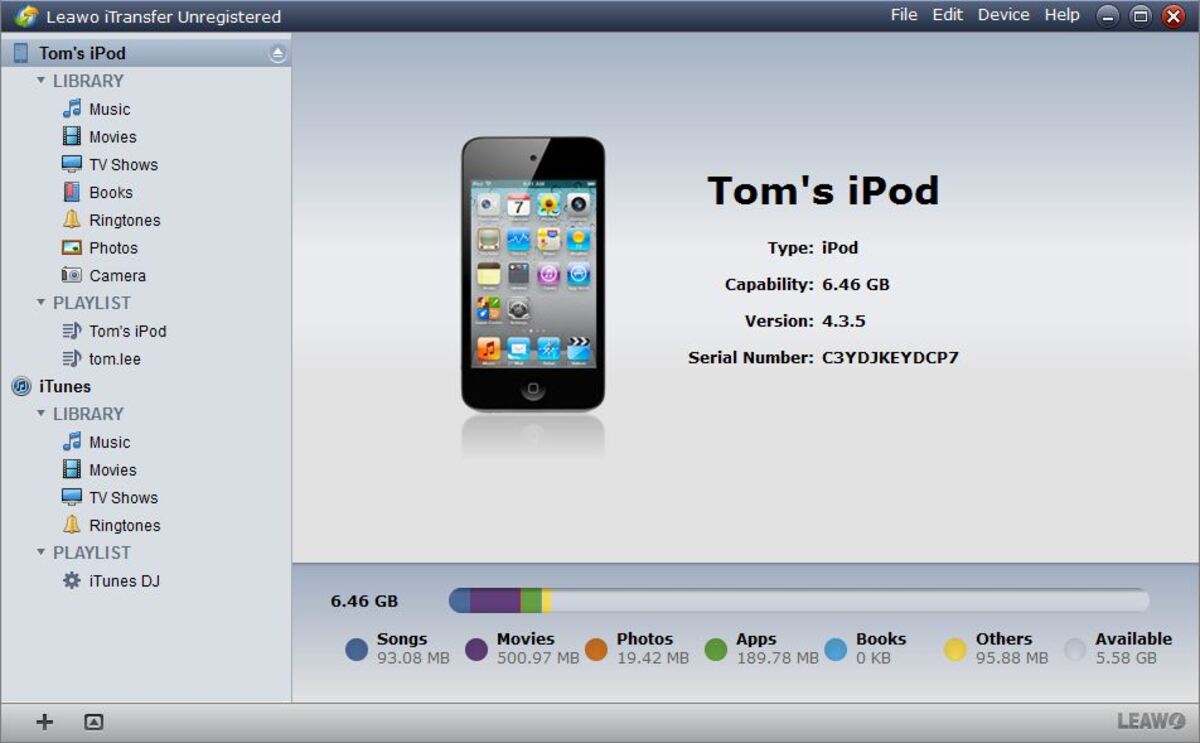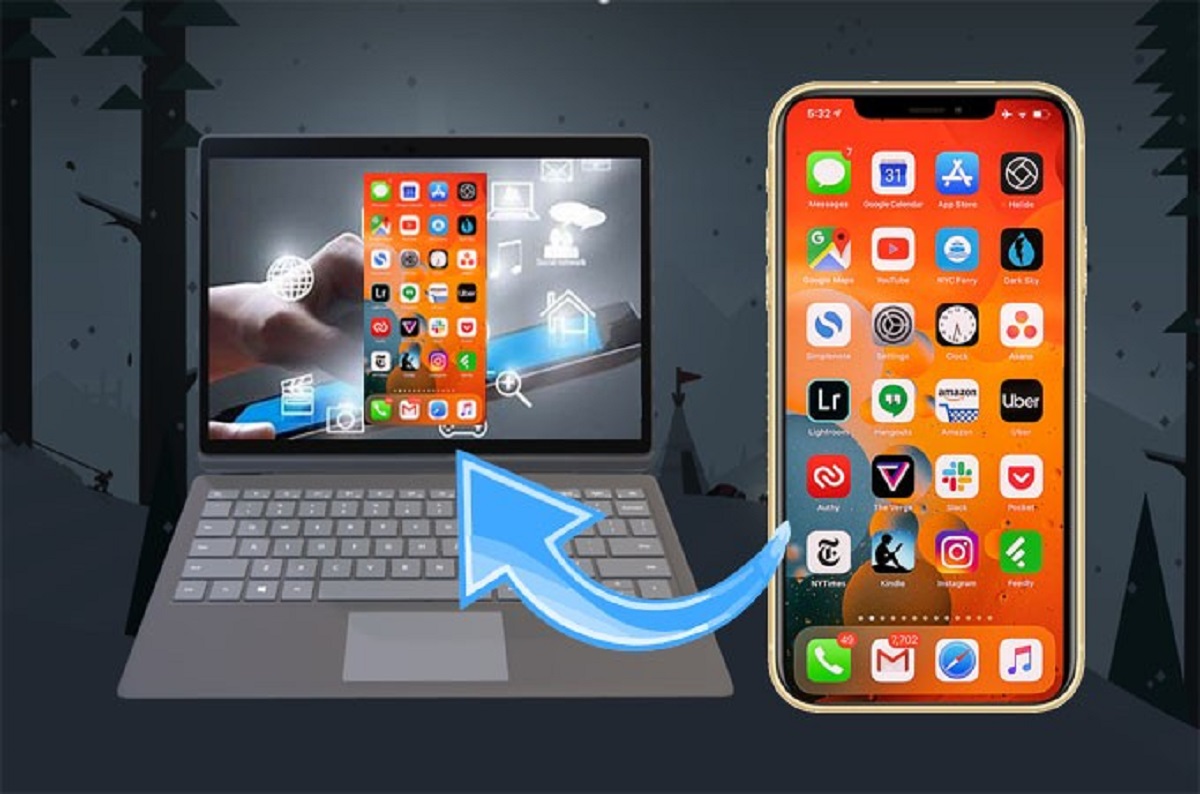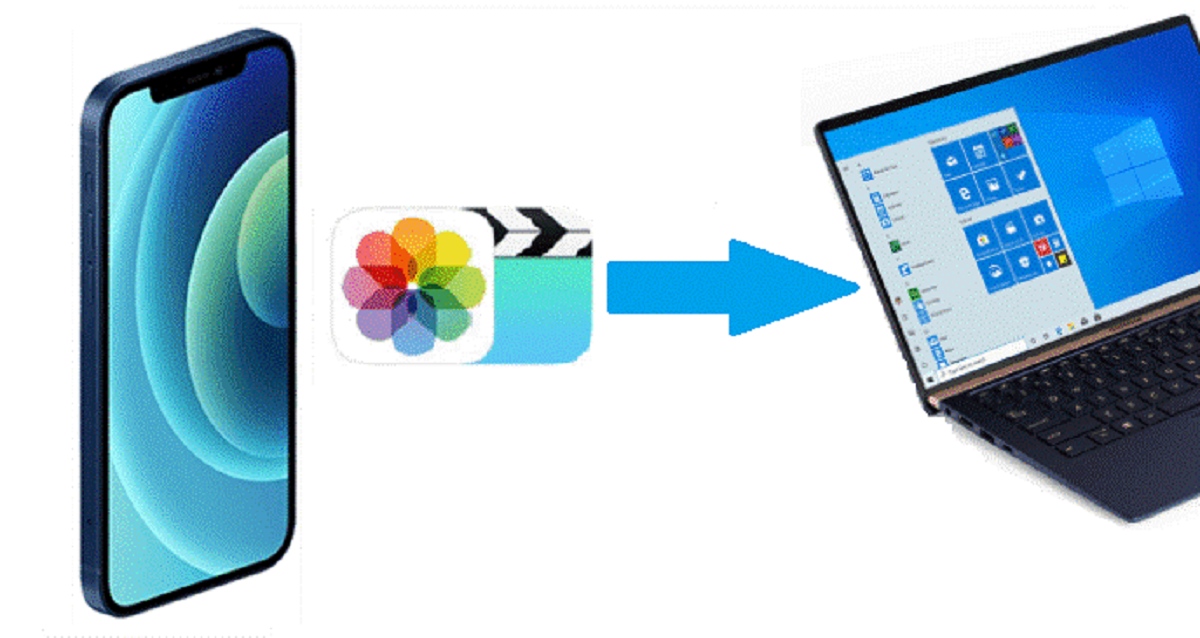Introduction
With the advancements in technology, smartphones have become an essential part of our daily lives. They offer a wide range of applications that bring convenience, entertainment, and productivity right at our fingertips. However, there may be times when you prefer using these apps on a larger screen, like your computer. Fortunately, there is a way to download phone apps on your PC, allowing you to enjoy your favorite apps on a bigger screen with the comfort of a keyboard and mouse.
Whether you want to play mobile games on a larger display, use messaging apps with ease, or access productivity tools on your PC, downloading phone apps on your computer can be incredibly useful. This process involves using emulators, which are software programs that replicate the functionality of one operating system on another.
In this article, we will guide you through the steps to download phone apps on your PC. We will explore the different emulators available and the process of setting them up. By the end of this tutorial, you will be able to seamlessly run phone apps on your computer and enjoy a whole new level of convenience.
Why Download Phone Apps on PC?
There are several reasons why you may want to download phone apps on your PC:
- Screen Size: While smartphones offer portability, their small screens can be a limitation, especially when it comes to tasks that require a larger display. By downloading phone apps on your PC, you can make use of the larger screen, allowing for a more immersive and enjoyable experience.
- Keyboard and Mouse Convenience: Using a keyboard and mouse offers greater speed and precision compared to typing and navigating on a touchscreen. When you download phone apps on your PC, you can take advantage of these input devices, making tasks such as messaging, editing documents, or playing games much easier.
- Better Multitasking: PCs are designed for multitasking, with more system resources and a robust operating system. By running phone apps on your PC, you can easily switch between multiple apps, work on different tasks simultaneously, or even run your favorite apps alongside other desktop applications.
- Backup and Sync: When using phone apps on your PC, you can take advantage of the backup and sync features provided by many of these apps. This allows you to access your data from multiple devices, ensuring seamless integration between your smartphone and PC.
- Developing and Testing: If you are a developer, downloading phone apps on your PC is essential for testing and debugging purposes. Emulators provide a simulated environment that mimics different devices, allowing you to ensure compatibility and functionality across various platforms.
By downloading phone apps on your PC, you can enhance your productivity, enjoy a more immersive experience, and take advantage of the convenience of a larger screen and input devices. Whether you want to play games, communicate, or work on the go, running phone apps on your computer opens up a whole new range of possibilities.
Emulators for PC
In order to download and run phone apps on your PC, you’ll need to use an emulator. Emulators are software programs that replicate the functionality of one operating system on another. There are several emulators available for PC that allow you to run Android and iOS apps. Here are some popular emulators to consider:
- BlueStacks: BlueStacks is one of the most well-known and widely used Android emulators. It offers a user-friendly interface and supports a large number of apps. BlueStacks provides a seamless experience for downloading and running phone apps on your PC.
- Nox Player: Nox Player is another popular Android emulator that is known for its speed and performance. It offers a range of customization options and supports advanced features, such as keyboard mapping and scripting, making it a great choice for both casual users and developers.
- Andy: Andy is an Android emulator that focuses on gaming. It provides a seamless gaming experience on your PC, supporting both touch and keyboard controls. Andy offers features like multi-touch support and the ability to sync your Android device with the emulator for a more integrated experience.
- iPadian: iPadian is an iOS emulator that allows you to run iPhone and iPad apps on your PC. It provides a simulated iOS environment and supports a wide range of iOS apps. While iPadian offers limited functionality compared to an actual iOS device, it can be a useful tool for testing iOS apps or experiencing the iOS ecosystem on your PC.
- Genymotion: Genymotion is an Android emulator that caters specifically to developers. It offers a wide range of testing tools and advanced features, allowing developers to simulate various devices and test their apps on different Android versions and configurations.
These are just a few examples of the emulators available for PC. It’s important to choose an emulator based on your specific needs and preferences. Consider factors such as ease of use, performance, compatibility, and additional features when selecting the emulator that best suits your requirements.
Now that you have an idea of the emulators available, let’s move on to the step-by-step process of downloading phone apps on your PC.
Step 1: Download and Install an Emulator
The first step to downloading phone apps on your PC is to choose and install an emulator. As mentioned earlier, there are several emulators available for both Android and iOS apps. You can choose the one that best suits your needs and follow these general steps:
- Research and Choose: Start by researching the available emulators and reading reviews to find the one that is reliable, user-friendly, and suits your requirements. Consider factors such as compatibility, performance, and additional features offered by each emulator.
- Visit the Emulator’s Website: Once you have chosen an emulator, go to the official website of the emulator. Look for a download page or a prominent download button to initiate the installation process.
- Download the Installer: Click on the download button or follow the instructions provided on the website to download the installer file for the emulator. Make sure to download the appropriate version for your operating system (Windows, macOS, etc.).
- Run the Installer: Locate the downloaded installer file on your computer and double-click on it to run the installation process. Follow the on-screen instructions to complete the installation. You may need to agree to the terms and conditions, specify the installation location, and choose additional options during the installation process.
- Launch the Emulator: Once the installation is complete, you’ll typically find a shortcut or an icon on your desktop or in the Start menu. Double-click on it to launch the emulator.
Following these steps will get you set up with the chosen emulator on your PC. Now that the emulator is installed and launched, you can move on to the next steps to configure the emulator and download your desired phone apps.
Step 2: Set up the Emulator
Once you have installed the emulator on your PC, the next step is to set it up and configure it according to your preferences. Follow the steps below to set up the emulator:
- Launch the Emulator: Double-click on the emulator icon or shortcut to launch the emulator. It may take a few moments to load depending on your system’s performance.
- Accept Permissions: When you first launch the emulator, you may be prompted to grant certain permissions such as accessing your system files or network connections. Accept these permissions to ensure the emulator functions correctly.
- Complete Initial Setup: Some emulators may require you to complete an initial setup, similar to setting up a new device. You may need to provide your language preference, agree to terms and conditions, and sign in with your Google or Apple ID. Follow the on-screen instructions to complete the setup process.
- Customize Emulator Settings: Explore the emulator’s settings to customize it according to your preferences. You can adjust display settings, control mappings, and other options to optimize your experience with phone apps on your PC.
- Configure Network: To download and use phone apps on your emulator, ensure that your emulator is connected to the internet. You can either connect via Wi-Fi or use a wired connection depending on your setup. Consult the emulator’s documentation or settings menu to configure the network settings.
- Update Emulator: It’s important to keep your emulator up to date to ensure compatibility with the latest apps and features. Check for any available updates and apply them if necessary.
By following these steps, you will have successfully set up the emulator on your PC. Now that the emulator is ready to use, you can proceed to the next steps to sign in to your Google or Apple account and begin downloading phone apps onto the emulator.
Step 3: Sign in to Your Google Account
Signing in to your Google account is an essential step to download and use Android apps on your emulator. By signing in, you gain access to the Google Play Store where you can browse and download a wide range of apps. Follow these steps to sign in to your Google account:
- Open the Google Play Store: Launch the emulator and locate the Google Play Store app. It is usually represented by a shopping bag icon with the Google Play logo. Click on the app to open it.
- Click on Sign In: In the Google Play Store app, you will be prompted to sign in to your Google account. Click on the “Sign In” or “Sign In with Google” button.
- Enter your Google Account Credentials: A login page will appear where you need to enter your Google account credentials. This includes your email address and password associated with your Google account.
- Complete Two-Factor Authentication (if enabled): If you have enabled two-factor authentication for your Google account, you may need to provide the secondary verification method, such as a code sent to your phone. Follow the on-screen instructions to complete this process.
- Accept Terms and Conditions: After signing in, you may be asked to review and accept the Google Play Store terms and conditions. Read through the terms and click on the “Accept” or “Agree” button to proceed.
- Access the Google Play Store: Once signed in, you will have access to the Google Play Store on your emulator. You can now browse for your desired apps, games, and other content.
Signing in to your Google account allows you to download, install, and update apps from the Google Play Store onto your emulator. Make sure to sign in using your own Google account credentials to ensure a personalized and secure experience.
Now that you are signed in to your Google account, you can move on to the next step of searching for and installing your desired phone apps on the emulator.
Step 4: Search and Install Apps on the Emulator
Now that you have signed in to your Google account on the emulator, you can start downloading and installing your desired phone apps. Follow these steps to search for and install apps on the emulator:
- Open the Google Play Store: Launch the emulator and locate the Google Play Store app. Click on the app to open it.
- Search for Apps: In the Google Play Store, you can search for apps by using the search bar at the top. Type in the name of the app you want to download or use keywords to find apps related to a specific category or functionality.
- Browse App Listings: Once you enter a search term, the Google Play Store will display a list of relevant apps. Browse through the listings to find the app you want to download. You can read app descriptions, check ratings and reviews, and view screenshots to help you make a decision.
- Select an App: Click on the app to view more details about it. Make sure to check the app’s compatibility with your emulator and read user reviews to ensure its quality and functionality.
- Install the App: If you have decided to install an app, click on the “Install” or “Get” button. The Google Play Store will initiate the download and installation process. Depending on the app size and your internet connection speed, the process may take a few seconds or minutes.
- Access the Installed App: Once the app is installed, you can find it in the app drawer or on the home screen of the emulator. Click on the app icon to launch it and start using it on your PC.
Continue this process for each app you want to install on the emulator. You can download and install a variety of apps, including games, productivity tools, communication apps, and more.
Keep in mind that some apps may not be available for download on the emulator due to compatibility issues or regional restrictions. Additionally, some apps may require specific hardware features or permissions to function properly.
Now that you have successfully installed your desired phone apps on the emulator, you can move on to the final step of using these apps on your PC.
Step 5: Use Apps on PC
Now that you have installed your desired phone apps on the emulator, you can start using them on your PC. Here are some steps on how to use the installed apps on your emulator:
- Launch the App: Locate the app icon either on the app drawer or the home screen of the emulator. Click on the app icon to launch it.
- Customize App Settings: Depending on the app, you may have the option to customize settings and preferences. Look for a settings menu or an options button within the app to make any necessary adjustments.
- Navigate the App Interface: Use your mouse or the emulator’s keyboard mapping to navigate through the app interface. Click buttons, input data, and interact with the app just like you would on a smartphone or tablet.
- Transfer Files (if applicable): If the app allows file transfer or syncing, you can transfer files between your PC and the emulator. This can be useful for transferring documents, photos, or other media files to and from the app.
- Experience the App: Enjoy using the app on your PC’s larger screen and with the convenience of a keyboard and mouse. Take advantage of the enhanced functionality and productivity that a PC offers.
- Manage App Updates: Just like on a smartphone, apps on the emulator may require periodic updates. Keep an eye out for app update notifications in the Google Play Store and ensure that your installed apps are up to date for the best performance and features.
Continue using the installed apps on your emulator and explore their features and functionalities. You can multitask, switch between apps, and enjoy the convenience of having your favorite phone apps accessible on your PC.
Keep in mind that while running phone apps on your PC provides a convenient experience, some apps may not fully replicate the functionality on a smartphone. Certain features or gestures may not be available or may behave differently on the emulator. Additionally, performance can vary depending on the emulator and your PC’s specifications.
As you become familiar with using phone apps on your PC, you can further optimize your experience by exploring additional features and customization options offered by the emulator.
Congratulations! You have successfully followed the steps to download, install, and use phone apps on your PC using an emulator. Enjoy the convenience and expanded functionality that this brings to your computing experience!
Conclusion
Downloading phone apps on your PC opens up a world of possibilities, allowing you to enjoy your favorite apps on a larger screen with the convenience of a keyboard and mouse. Through the use of emulators, you can run Android or iOS apps on your computer, enhancing your productivity and providing a more immersive experience.
In this article, we discussed the steps to download phone apps on your PC. We explored the importance of running phone apps on a larger screen, the convenience of using a keyboard and mouse, and the benefits of better multitasking. We also introduced several popular emulators, such as BlueStacks, Nox Player, Andy, iPadian, and Genymotion, that enable you to run phone apps on your PC.
We then walked through a step-by-step guide, starting with downloading and installing an emulator. We discussed the process of setting up the emulator, signing in to your Google account, searching for and installing apps from the Google Play Store, and finally, using the installed apps on your PC.
Remember to choose an emulator that suits your needs, explore its settings and customization options, and keep your apps up to date for optimal performance. While running phone apps on a PC offers many advantages, it’s important to be aware of limitations and variations in app functionality.
By following the steps outlined in this article, you can seamlessly download and use phone apps on your PC, ensuring a more enjoyable and productive computing experience. Embrace the convenience and expanded possibilities that come from running your favorite apps on a bigger screen, and unlock new levels of productivity with the power of emulation.







